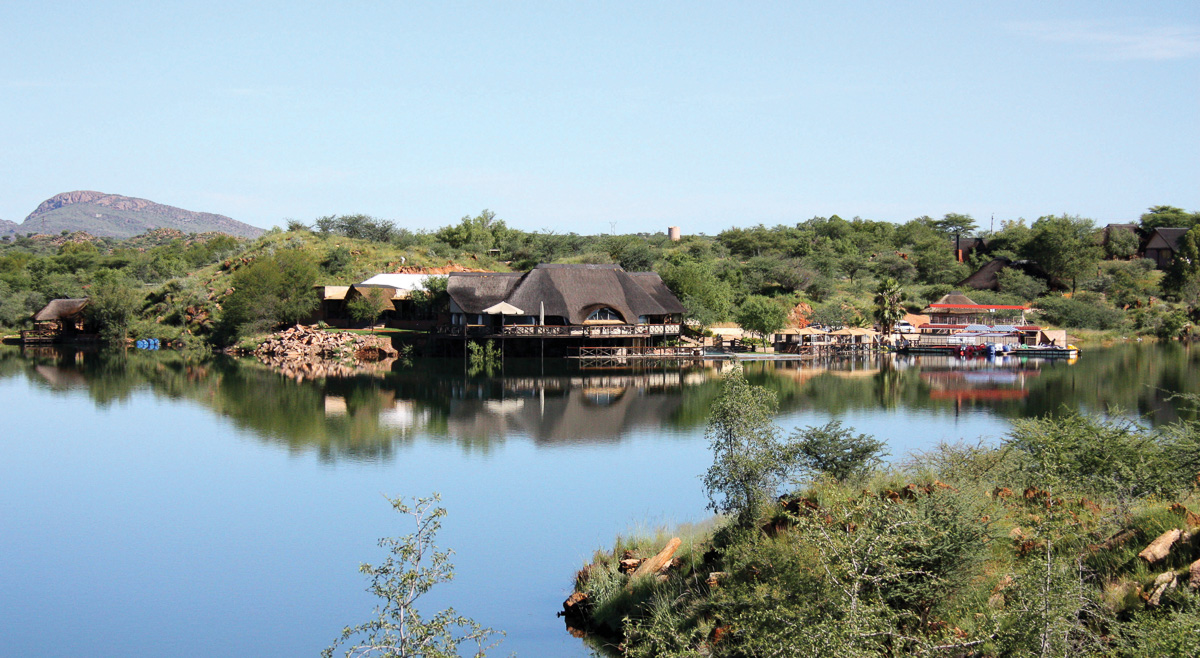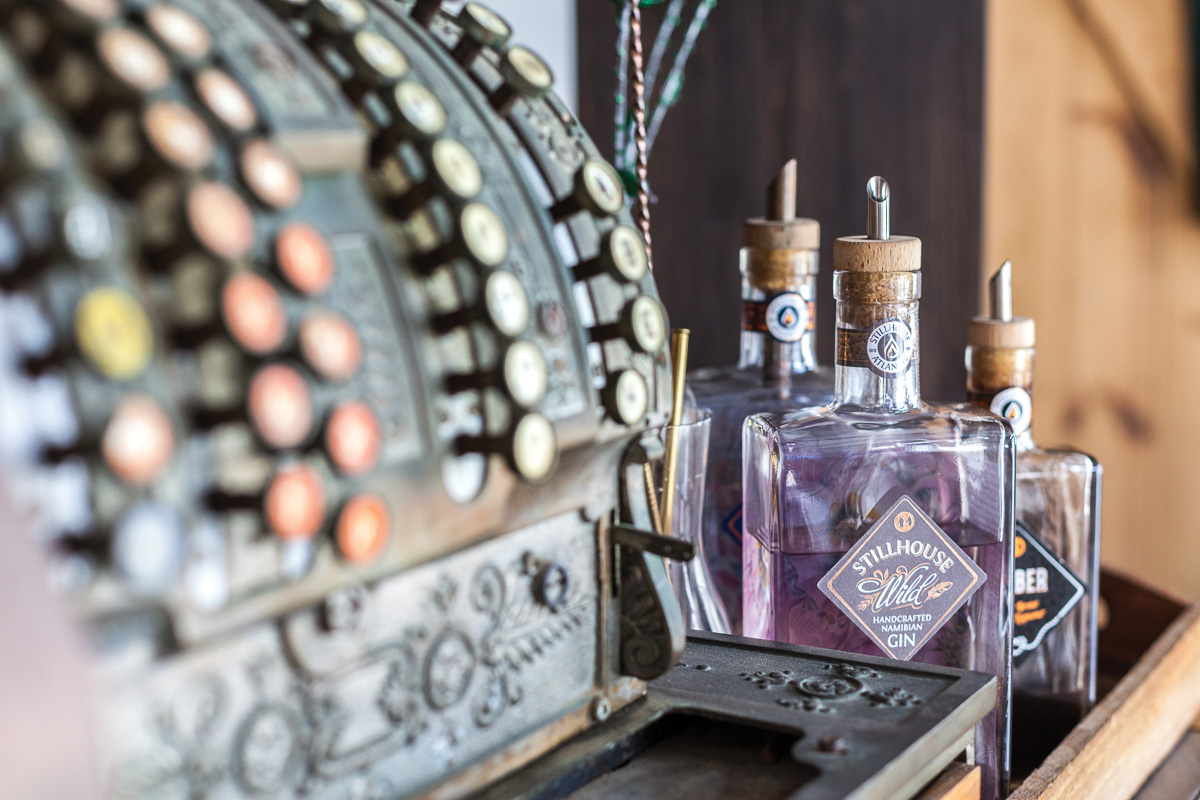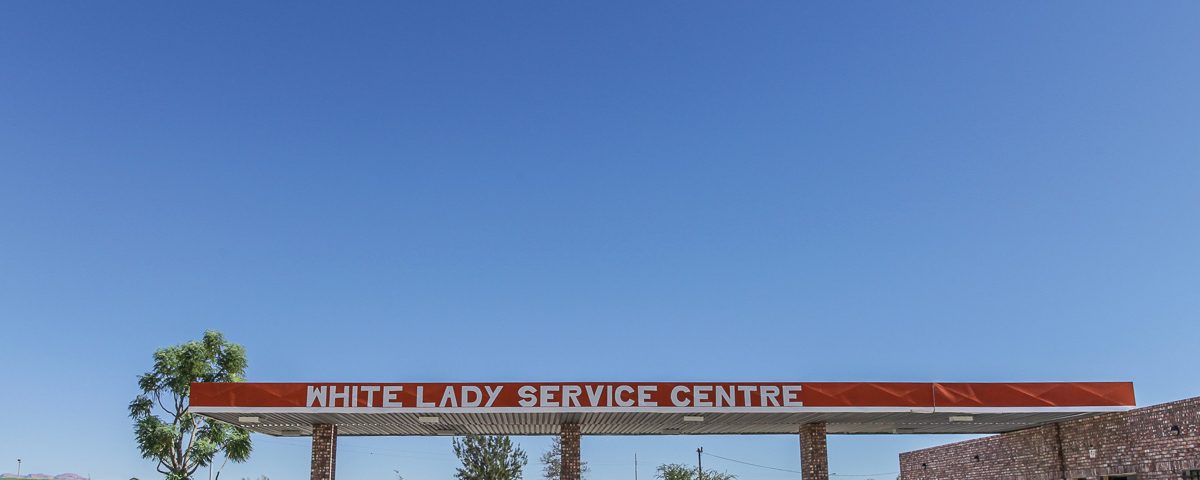
Lake Oanob Resort Celebrates 25 Years
March 12, 2020
Stillhouse Gin Capturing the Spirit of Namibia
March 26, 2020Text and Photographs Le Roux van Schalkwyk
Host to an annual sports flying weekend and a Land Rover festival, Uis is a small town that offers loads more than what it’s dusty exterior and old mine dumps suggest. Mining towns are usually prosperous while the mine is extracting whatever sought-after mineral is found there. Creating not only employment, but also business opportunities that come with the influx of new people into the settlement. Unfortunately mines have a limited lifespan and their viability also depends on the global market and prices of the minerals they extract. This can result in those small towns becoming ghost towns when the mines are forced to close down. The tiny town of Uis was faced with this situation when its tin mine had to close its doors right after independence in 1990. Through ingenuity and determination, however, its residents shifted the focus from mining to tourism and brick manufacturing.
The tin deposits at Uis were discovered in the early 1900s. Although some small-scale mining did take place it was not until the 1950s that IMCOR Tin, a subsidiary of ISCOR, the well-known South African company, started full-scale operations. IMCOR Tin built Uis for its employees and developed the mine into the world’s largest hard rock tin mine. It became the most important source of employment in Damaraland. The collapse of tin prices in the late 1980s was terrible news for the viability of the mine and it had to shut down in 1991, which meant a massive loss of employment and an exodus of people from Uis.
In 2006 Namclay Bricks and Pavers found a unique way to create employment and at the same time partly rehabilitate the mine. The company uses a special process to extract clay from the former mine’s slimes dam which is used to produce high strength weather-proof bricks. Due to their high thermal mass the clay bricks are natural insulants, making them an ideal building material to regulate indoor temperatures in Namibia’s hot climate. The bricks from Uis are instantly recognisable by their light yellow-brown clay colour.
Apart from brick production, tourism was the other saving grace for Uis. Its location makes it an excellent gateway to popular Damaraland, where travellers can fill up with fuel at the petrol station or do some last minute shopping before continuing on their way.
Its location makes it an excellent gateway to popular Damaraland, where travellers can fill up with fuel at the petrol station or do some last minute shopping before continuing on their way.
Uis is just over 30 km away from the White Lady rock painting in the Brandberg, the highest mountain in Namibia. This ancient art, painted by the San inhabitants of the area in prehistoric times, has baffled scientists for years. Only theories exist as to what the figure of the “white lady” represents. First discovered in 1918 by German explorer and topographer Reinhard Maack and described by him as having an Egyptian-Mediterranean style, the painting has enticed many anthropologists and amateurs to try and unearth the true meaning of this image. One theory suggests that the Brandberg may have been visited by travellers from the Mediterranean Sea, while another claims that the white figure might have been a visitor of Viking descent. Modern theories take a simpler stance, assuming that it depicts a shaman painted in white during a ritual dance.
The amount of earth that was moved during mining operations is impressive. Sadly, the towering mine dumps are the welcoming feature when entering Uis, as a reminder of the town’s history. Recently, mining operations have slowly started again, but at least this time around Uis has made a name for itself as more than just a mining town.
This article was first published in the Autumn 2020 issue of Travel News Namibia.


